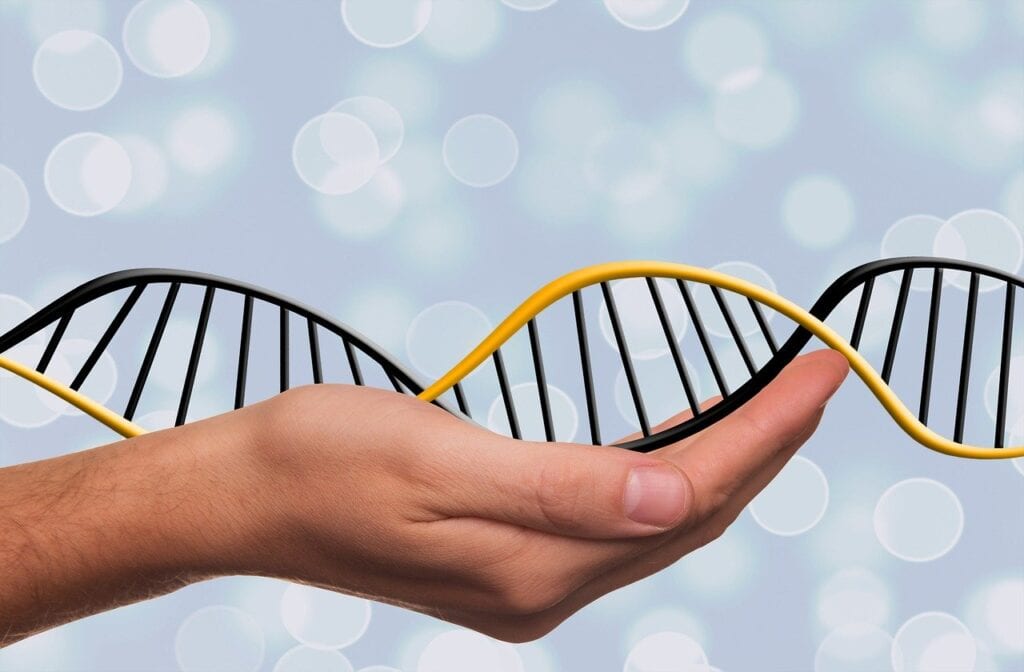Recently, researchers sought to better understand the natural history and natural progression of type III spinal muscular atrophy (SMA). According to the AJMC, this study offers more insight into this lesser represented (and thus, lesser studied) subset of this condition. Through their research, researchers are able to determine progression patterns for type IIIA and type IIIB. You can find the full research article in Annals of Neurology.
Natural History Research
The study enrolled 182 patients with either SMA type IIIA or type IIIB. Generally, the 136 patients (75%) with type IIIA experienced symptom onset between 1.5-3 years old. Alternately, the 46 patients (25%) with type IIIB experienced symptom onset after 3 years of age. Patients were studied for at least a 6-month period.
Researchers found that patients with both SMA type IIIA and type IIIB were relatively functionally stable until age 7. Then, patients with type IIIA began declining. Patients with type IIIB did not begin a functional decline until after age 10. This suggests that there are different disease progressions for the two subtypes.
Spinal Muscular Atrophy (SMA)
There are multiple subsets of spinal muscular atrophy, a rare genetic disorder causing muscle weakness and degeneration. Generally, SMN1 gene mutations cause SMA. These mutations prompt motor neuron loss and damage, preventing muscle growth. Symptoms vary depending on subtype.
For example, patients with Type I SMA, or Werdnig-Hoffman disease, experience breathing and swallowing difficulties, developmental delays, and an inability to sit up or support the head without assistance. This form of SMA is diagnosed at or quickly following birth.
Next, Type II SMA occurs between ages 6-12 months. These patients are unable to stand or walk without assistance.
Type III SMA, or Kugelberg-Welander syndrome, begins developing by early childhood or adolescence. Patients with this form experience progressive difficulty in walking, climbing stairs, or other similar activities.
Type IV SMA is adult-onset. This means it often occurs after 30 years old. Patients with this form experience tremors and twitching, breathing difficulties, and mild muscle weakness and atrophy.
Learn more about SMA here.







